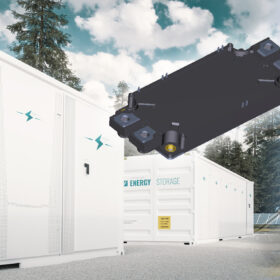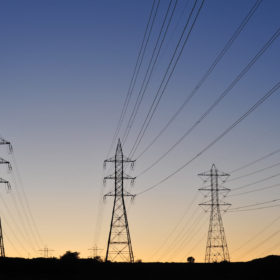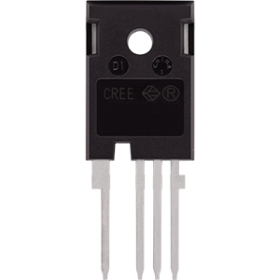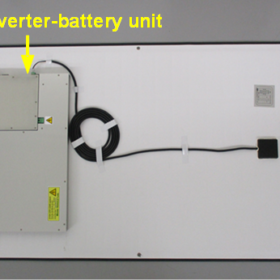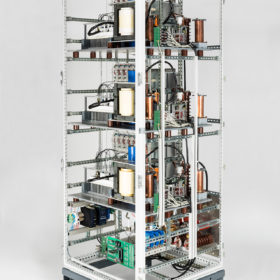Toshiba unveils silicon carbide MOSFET for PV inverters
Toshiba has developed a 2,200 V silicon carbide (SiC) MOSFET for inverters and energy storage systems, in order to help inverter manufacturers to reduce the size and weight of their products.
Fraunhofer to develop battery inverter for whole-area UPS and renewables integration
Industrial and academic partners are developing a battery inverter which can be grid connected under normal operation but can also use nearby renewables generators to form an island grid, for whole-area uninterrupted power supply.
New 650 V MOSFET for silicon carbide inverters
CREE has developed a new MOSFET that could be suitable for silicon-carbide-based string inverters above 10 kW in size. The U.S. manufacturer says switching losses are 20% lower with the new transistor than with common silicon carbide MOSFETs, and claims that the product reduces conduction losses by 50%, to offer potential power-density growth of 300%.
Downsizing silicon carbide inverters
Japanese researchers have investigated the effectiveness of SiC devices in sub-kilowatt applications. A 790g device was tested in a mini PV generator system which included a battery and maximum power point tracker circuit in the same housing. Compared to traditional mini inverters the SiC device showed 3% higher efficiency.
Supermarket rooftop brings commercial solar – and silicon carbide inverters – to Norway
The sizeable rooftop array will feature latest-generation inverters. The project planners claim using 1500 V technology on a commercial rooftop allowed them to drive down costs 10-15%.
The weekend read: Transistor transition
In pursuit of a lower levelized cost of energy for the next generation of inverters, some manufacturers have turned to acquiring considerably more expensive semiconductors. While this may sound like a misstep at first, the trick could be pulled off — though not easily, and not always — yet.
Fraunhofer ISE launches grid-stabilizing high-voltage inverter
The new inverter was developed in the HV-SiC project under the Future Electricity Grids funding program financed by the German Federal Ministry of Education and Research (BMBF). The inverter can regulate power currents of up to 10-15 kV more than ten times higher than regular silicon inverters. Fraunhofer says this makes new system architectures for power grids and plants conceivable.
